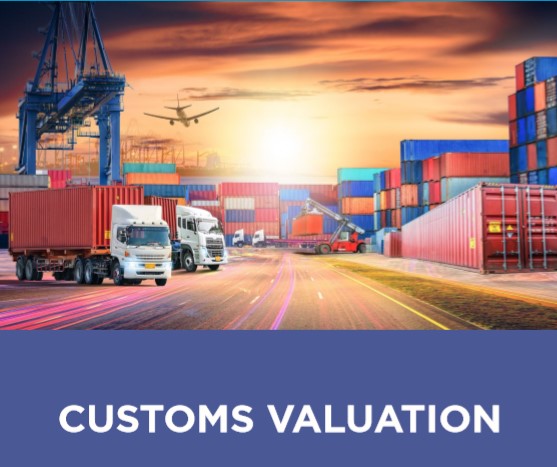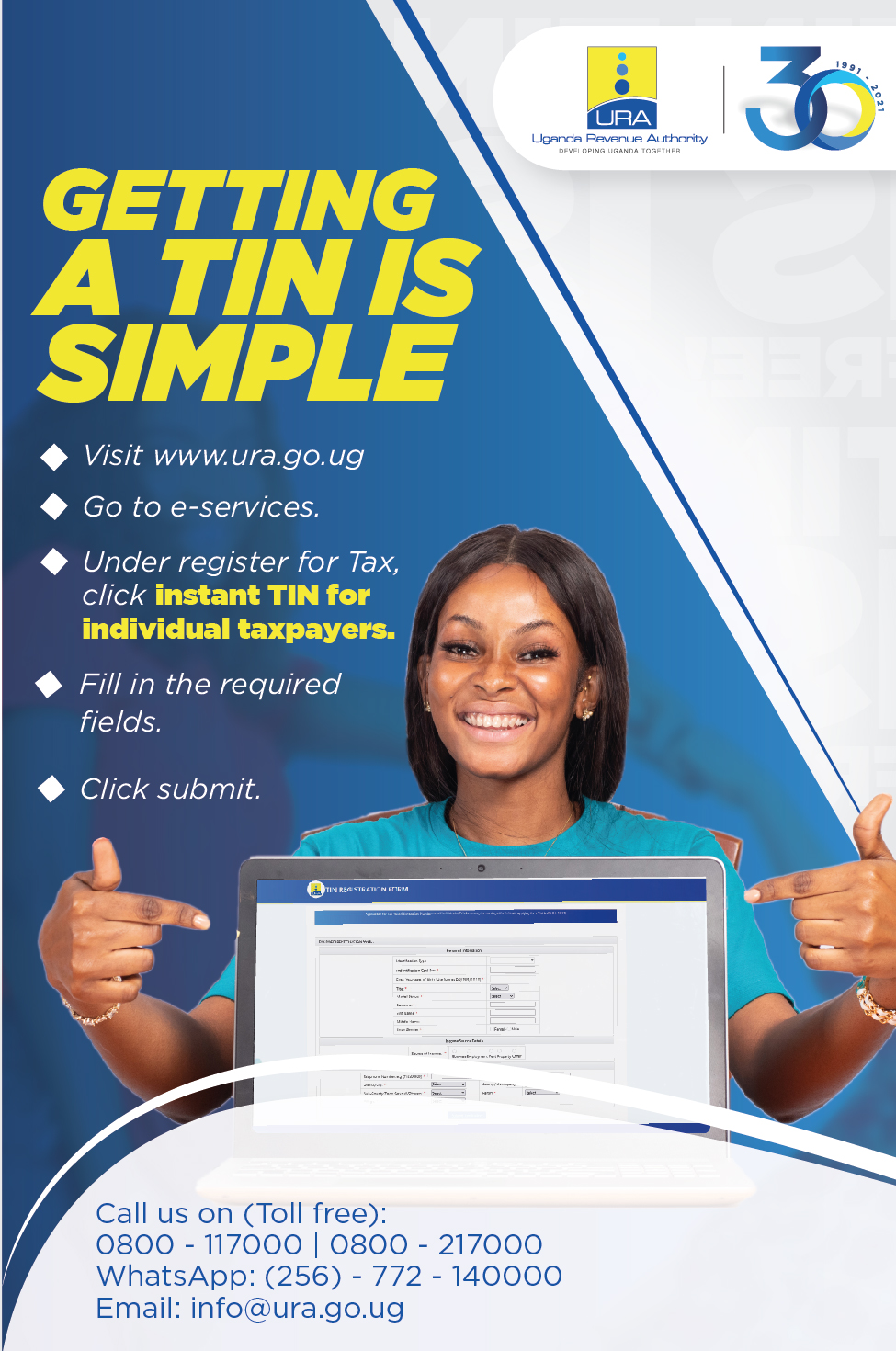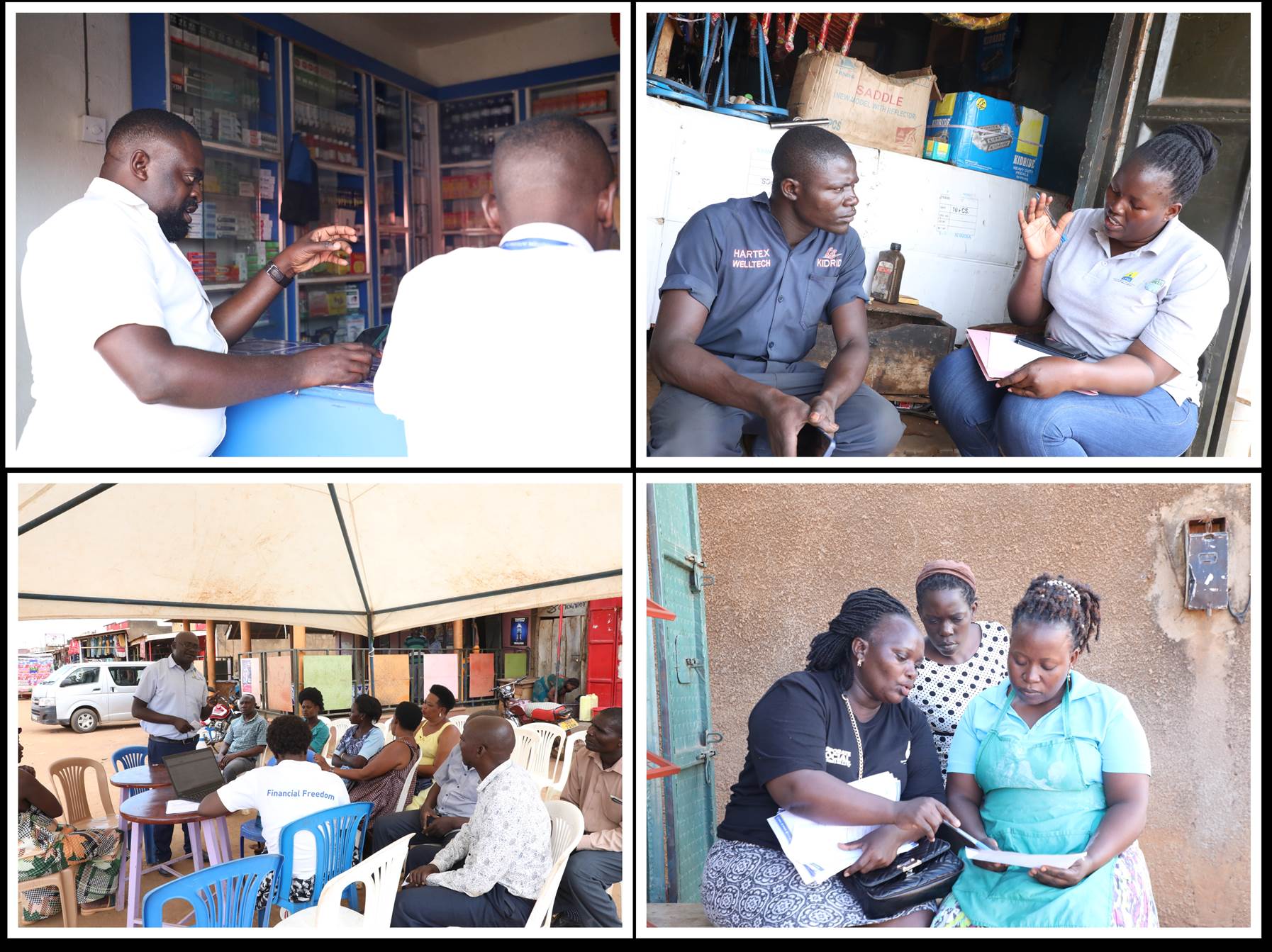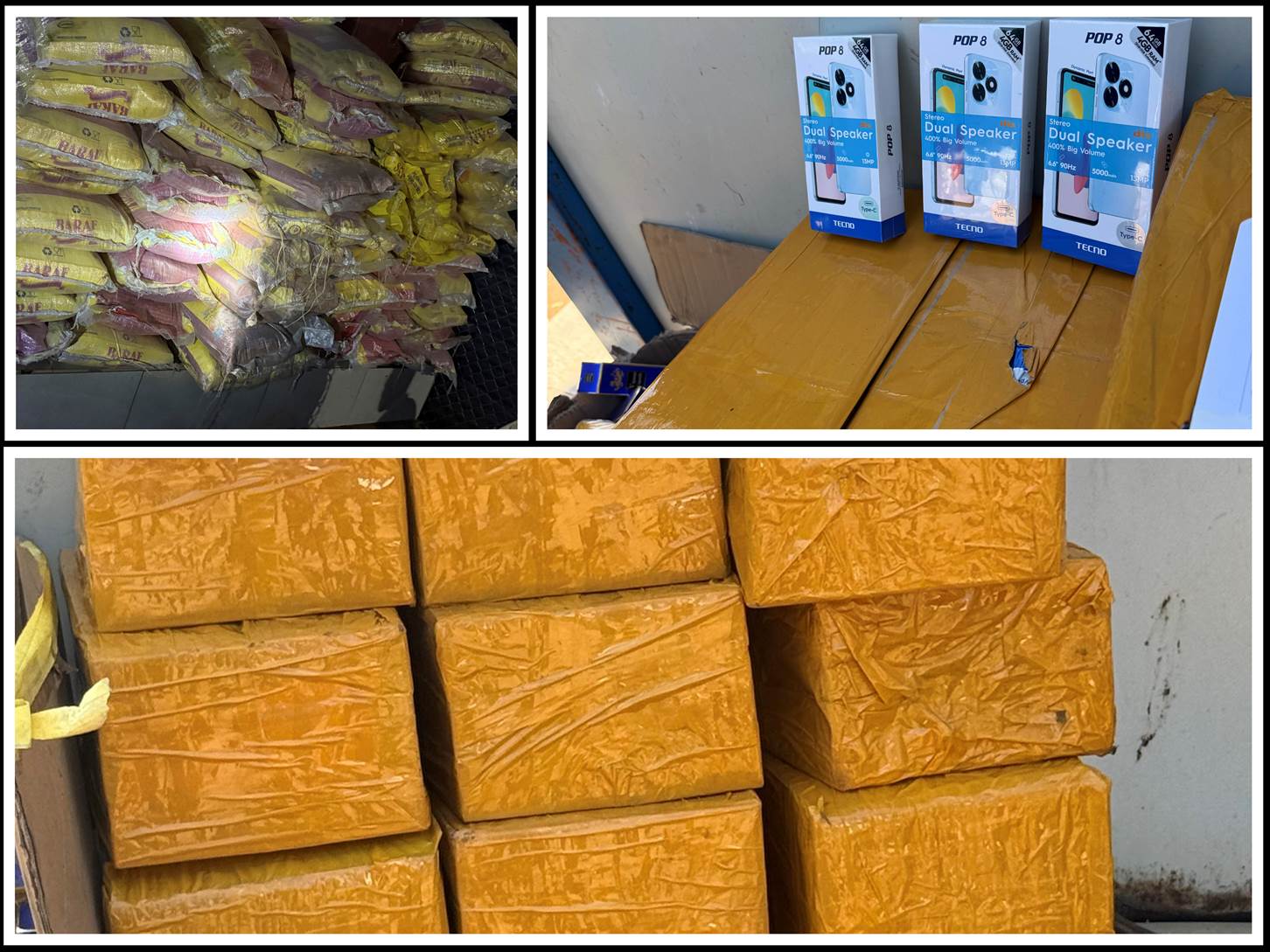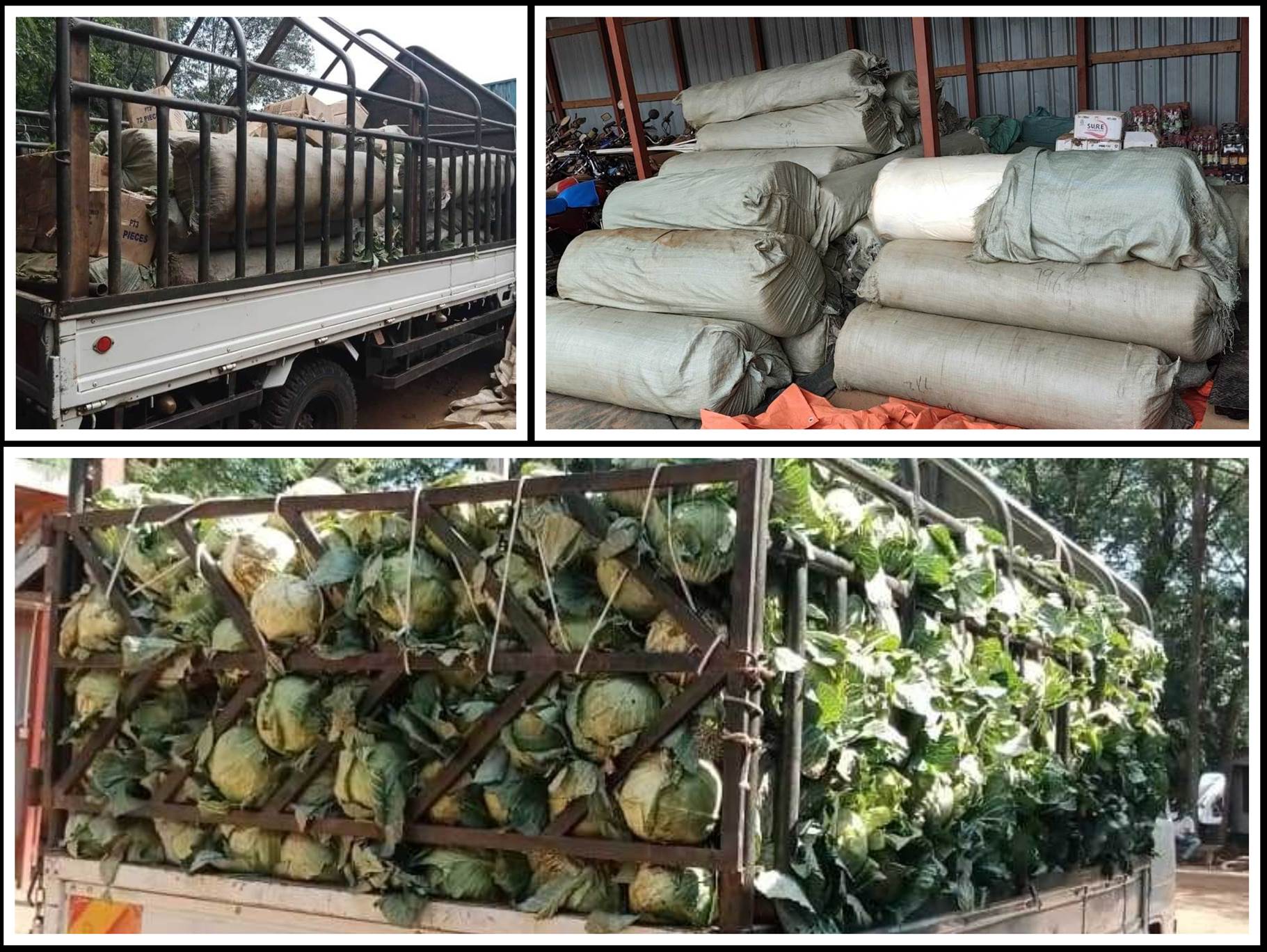KEY CONCEPTS Customs valuation
Customs Valuation is the process of determining the value of imported goods for taxation purposes.
Customs Value
This is the value of imported goods for the purposes of levying/calculating ad valorem Customs duties and taxes.
x For Goods imported using road rail and marine transport modes, the customs value is a composed of the Price actually paid or payable for the goods, cost of insurance and freight.
x For goods imported using air transport, the customs value is composed of the price actually paid or payable for the goods and the cost of insurance. Freight is not included for goods transported by air.
Ad valorem duties and taxes
These are duties and taxes levied based on the value of the goods and are usually expressed as a percentage of the value. Such duties are distinct from specific values that are based on specific measures for the goods such as numbers, weight, volume, area and capacity among others.
There may also be composite duties that are partly ad valorem and partly specific such as garments 3.5 per Kg or 35% whichever is higher. The customs tariff of Uganda levied on different kinds of goods are published in the Uganda Gazette every financial year.
METHODS OF VALUING GOODS
There are six international methods for valuing imported goods stipulated in the World Trade Organization Agreement on Customs Valuation. These methods are applied in sequential order.
The primary method of valuation is the transaction value method, which is the price actually paid or payable for the goods when sold for export to the country of importation. A number of conditions must be met to use the transaction valuation method and it can involve deductions or additions such as commissions or royalties.
When the transaction value cannot be used, one of the alternative methods will be used to determine the customs value (methods of valuation) in sequential order
x Transaction value of identical goods value method – This considers the transaction value of Identical goods previously cleared through Customs. Identical goods mean goods that are same in all aspect except minor difference such as color or size. These goods must be of the same brand and country of export.
x Transaction value of similar goods value method – This considers the transaction value of similar goods previously cleared through Customs. Similar goods are goods that have like characteristics and are commercially interchangeable; if a customer doesn’t find the exact product he/she wanted can choose an alternative e.g. Colgate and Close up. For goods to be regarded as similar, the brand must be of the same reputation e.g. LG and Samsung; and from the same country of export.
xDeductive value method –The basis for the Customs value is the price at which the greatest aggregate quantity of the imported goods is sold in Uganda. Post importation costs and taxes are deducted to arrive at the Customs value. The deductible costs include: o Taxes such as VAT, Import Duty, Excise Duty
- Profits and general expenses e.g. rent, labour etc; associated to the distribution and sale of the goods
- Post importation costs associated with the logistics and transportation of the goods to the bonded warehouse.
x Computed value method – This is based on the direct cost of producing the goods like raw materials, consumables, general expenses, other costs and profits relating to the production and sale of the imported goods. This method requires to get information for the country of production.
x Fall-back value – where no other methods are suitable, the customs value can be derived based on one of the five methods reasonably adjusted. The method is not used on its own but relies on the sequential flexible interpretation of the 1st to the 5th method until the value of the goods is determined.
Customs will determine the value by considering the above valuation methods and any other relevant information.
COMPOSITION OF CUSTOMS VALUE
The customs value will include the following; x Cost of the goods free on board a transport vessel in the country of export x Freight charges up to the place of importation if the goods are transported by road, rail or sea
x Loading, unloading, and handling charges associated with transport of goods to the place of importation; and x The cost of insurance.
Pre-shipment inspection
Charges for pre-shipment inspection are normally incurred by the importer or by government of the importing country. Such inspection may have been undertaken as per importing country’s policy or as the requirement per donor agency financing such import or as importers own requirement. The Pre-shipment costs are not per of the Customs Value.
Charges included in customs value
The East African Community Customs Management Act (EACMA) requires that amounts for certain charges and the value of certain goods and services, if not already included in the price paid or payable for the imported goods, must be added to the price paid or payable. These charges and values can include amounts for the following:
- Commisions and brokerage except buying commission
- Cost of containers
- Packing costs
- Assists (goods or services provided by the buyer to the seller free of charge or at reduced price to be used in the production of the imported goods)
- Royalties and license fees
- Subsequent proceeds (a financial advantage to the vendor resulting from resale, disposal or use of imported goods by the purchaser)
- Transportation costs and insurance costs to the place of direct shipment to the partner state.
Packing costs
The cost of packing overseas, including material and labor is included in customs value of the goods. The cost of containers and pallets imported temporarily are not included in the customs value.
Currency for customs value
The customs value is in the currency as agreed in the commercial invoice. However, for purposes of paying taxes and the invoices are in the foreign currency, the customs value is converted to Uganda Shillings using the rate of exchange duly published monthly by Uganda Revenue Authority.
CALCULATION OF IMPORT TAXES
Step I
Determine Customs Value of the item. This is the sum of Cost, Insurance and Freight up the port of importation into EAC eg Mombasa, Dar es Salaam.
Step II
Change the currency to Ugandan shillings by multiplying the customs value by the prevailing exchange rate
Step III
Determine the necessary taxes
Example
If you imported a car older than 9 years at a price of FOB 2,000 US dollars, paid 200 US dollars for insurance and 300 US dollars as freight charges up to Mombasa and the exchange rate is 1 dollar = 3,600 shilling;
Step I
Customs Value = Cost + Insurance + Freight
= Cost + Insurance + Freight
= 2000 + 200 + 300
= 2500
Step II
Customs Value = Customs value X Exchange rate
= 2500 X 3600
= 9,000,000
Step III
Determine the taxes
Import duty= 25%, VAT = 18%, Withholding Tax = 6%, Environmental levy= 50% (since the car is above 9 years since it was manufactured), Infrastructure levy= 15%
Calculation
Import Duty
= 25% of 6,250,000
= 25/100 * 9,000,000
= 25/100 * 9,000,000
= 2,250,000
VAT
= 18% of (Customs Value + Import Duty)
= 18% * (9,000,000 + Import Duty)
= 18% * (9,000,000 + 2,250,000)
= 18/100 * 11,250,000
= 2,025,000
WHT
= 6% of Customs Value
= 6% * 9,000,000
= 6/100 * 9,000,000
= 540,000
ENVIRONMENTAL LEVY
= 50% of customs value
= 50% * 9,000,000
= 50/100 * 9,000,000
= 4,500,000
INFRASTURCTURAL LEVY
= 15% of Customs Value
= 15% of customs value
= 15% * 9,000,000
= 135,000
TOTAL TAXES
= Import duty + VAT + WHT + Infrastructural Levy + Environmental Levy
= 2,250,000 + 2,025,000 + 540,000 + 135,000 + 4,500,000
= 9,450,000
CUSTOMS VALUATION OF USED MOTOR VEHICLES
Used items internationally do not have value because of varying levels of wear and tear and as such URA put in place a valuation database for used motor vehicles which means that customs value for used motor vehicles has already been determined.
The Used Motor Vehicle Valuation Database is the basis of valuing used motor vehicles and not the invoice price as guided by the EAC Ruling on the Valuation of used goods of 13th December, 2013. The Used Motor Vehicle Valuation Database is available on the URA web portal; http://ura. go.ug, under the A-Z tax topics
For environmental levy;
| S/N | Type of vehicle | Below 9 years | 9 – 15 years | Above 15 years |
| 1. | Passenger/ salon vehicles | – | 50% | Not allowed |
| 2. | Goods vehicles of gross vehicle weight less than 4,000 kgs | – | 20% | Not allowed |
| b | Goods vehicles of gross vehicle of 4,000 kgs or more | – | 20% | Allowed |
| Motorcycles | – | 20% | Not allowed |
NB: URA provided a motor vehicle tax calculator to ease the calculation of taxes on motor vehicles. This can be accessed on the URA web portal, https://ura.go.ug under tax tool >> motor vehicle calculator.


